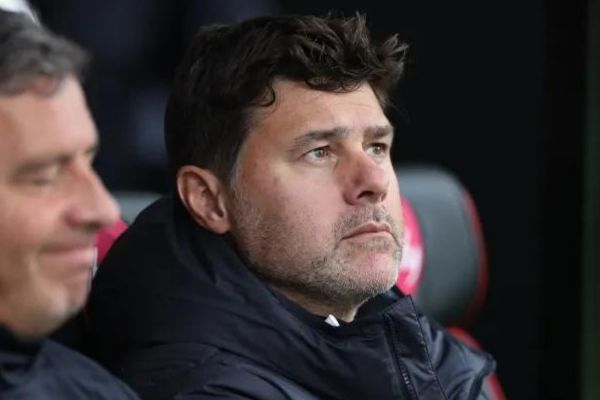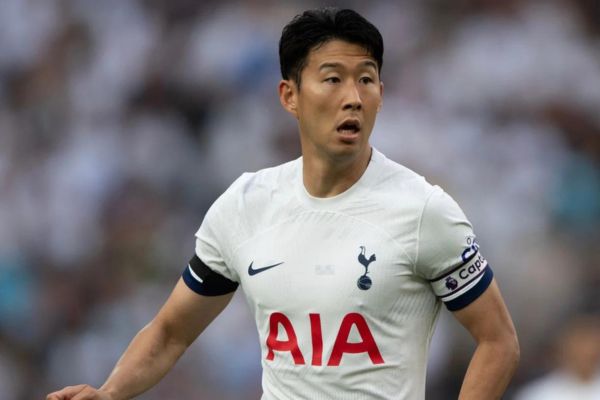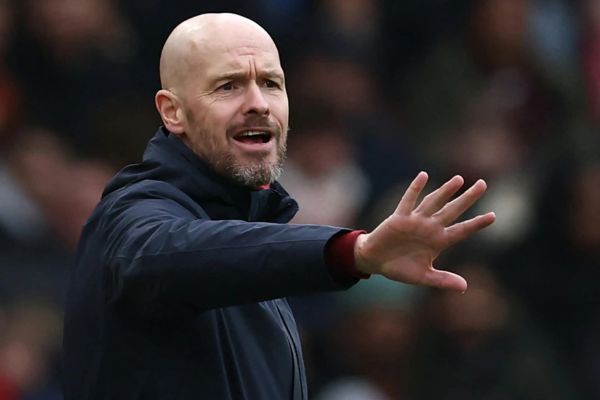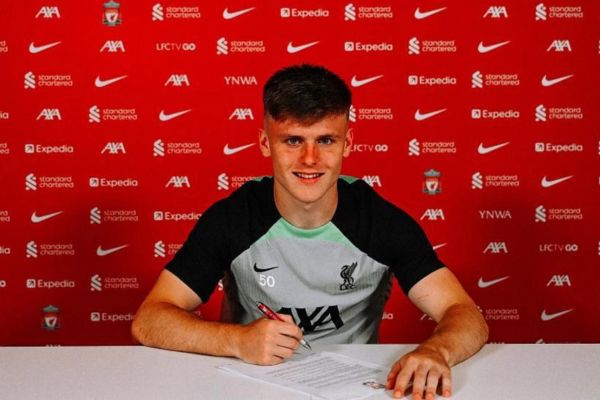The life and career of the legendary Maradona
1 year agoBorn in 1960, Maradona is one of the best players in the history of world football. He was the captain of the Argentina team that won the 1986 World Cup and is famous for the goal dubbed "The Hand of God" against England. Maradona also won two Serie A titles with Italy's Napoli as well as the Copa del Rey with Barcelona. He once led the Argentina team at the 2010 World Cup finals but was eliminated by Germany in the quarterfinals.
The Hero of Argentina
His peak was still the 1986 World Cup championship. He not only scored but scored after tricky dribbles, which the Argentines called "gambetas". Maradona came from potreros, always played with gambetas, and won the World Cup with that style. Maradona's solo goal against England also in the 1986 World Cup is still considered the most beautiful goal in the tournament's history.
Hand of God
He is known as the "Hand of God", most famously scoring with his hand to knock England out of the 1986 World Cup quarter-finals. He also used his hand and earned a penalty in the 1989 UEFA Cup Final. , and used his hand to push the ball to save the match against the Soviet Union at the 1990 World Cup.
> Rewatch Maradona's free live stream football Highlights at ULS
Before his 60th birthday in October, Maradona told France Football magazine that his dream was "to score another goal against the English, this time with his right hand".
Maradona is known as a child of God, and the topics he talks about always carry weight. That is why he was appointed to lead Argentina in the 2010 World Cup without experience. That is why in Buenos Aires there is a church named after Maradona.
Barcelona and Napoli
During his "digital shorts", Maradona also captivated fans around the world during his two-decade career with an enchanting style of play that only he could perform. Maradona is a sought-after name and twice broke transfer records when he went to Barcelona and Napoli, respectively.
In 1984, Barcelona sold Maradona to Napoli, and he almost single-handedly led the team to the 1987 Italian championship, its first title in 60 years, before winning it again in 1990 - and its last. same so far of Naples. With the success brought to the team, the Napoli club has permanently hung the number 10 shirt this player wore while playing.
After great performances on the pitch, the passing of the "golden boy" Diego Maradona leaves behind all the football lovers who love the talent of one of the best football stars. planet.
Maradona - the name that the whole world mentioned from the 80s of the last century until now and forever after is gone forever. The death of the legendary Diego Maradona shocked the world.
Diego Maradona in Argentine's heart
A statement from the Argentine Football Association read: "The Argentine Football Federation, through its President Claudio Tapia, expresses its deepest sorrow over the death of the legendary Diego Maradona. You will always be in our hearts.”
In memory of the "great hero" Maradona, Argentine President Alberto Fernandez announced a three-day national mourning.
The World Football Federation (FIFA) announced the postponement of the "The Best" award ceremony in December, explaining that this is not the right time to give a football award when a big name has passed away.
One of the greatest "number 10s" in world football Pele, whom Maradona often placed next to him as the best player of all time, mourned: "I have lost a great friend and the world The world has lost a legend. Surely one day we will kick a ball together in heaven."
Napoli spokesman Nicola Lombardo said Maradona's death "devastated" both the city and the team: "We feel like a boxer who has been knocked out. We were shocked. We are in mourning.”
Maradona soon became famous from the age of 10. Maradona is often invited by the Argentinos club to perform the ball at halftime
Maradona played his first professional match on October 20, 1976 - 10 days before his 16th birthday. Four months later, he was called up to the Argentina team for a friendly against Hungary. However, in the 1978 World Cup, Maradona was kicked out by coach Cesar Menotti for being too young.
The life and career of the legendary Maradona
At the 1979 World Youth Football Championship (the precursor to today's U20 World Cup), the Argentina youth team overcame a series of heavyweights such as Uruguay and the Soviet Union to take the throne. Maradona was voted the best player of the tournament.
At the age of 21, Maradona was ranked on par with the 1978 World Cup winners such as Mario Kempes, Daniel Passarella. As Argentina's number one hope, Maradona aspired to win the 1982 World Cup. But at that year's World Cup, Maradona and Argentina competed unsuccessfully.
Success from the world youth tournament helped Maradona become famous in Argentina. He set a record of five times winning the title of Top Scorer in domestic championships. In 1981, Maradona transferred to Boca Juniors and helped the club win the 1981 Metropolitano championship.
In 1982, the "Golden Boy" moved to Barca. In 1984, Maradona moved to Napoli and turned this club into a force in Italy.
Maradona played 7 seasons for Napoli, from 1984 to 1991. He scored 115 goals in 259 matches, helping this club win Serie A 1987, 1990, Italian Cup 1987, UEFA Cup 1989 and Italian Super Cup 1990. Both the Scudetto and the Italian Super Cup. Every European Cup in Napoli's history has come under Maradona. Since then Maradona has become the symbol of Naples.
The Naples City Council renamed the San Paolo stadium to Diego Armando Maradona on November 25, in memory of the recently deceased Napoli legend. Napoli's San Paolo stadium has a capacity of 55,000, making it the third largest stadium in Italy after the San Siro in Milano and the Olimpico in Rome.
Maradona was also named for the football field of Argentinos Juniors - the first professional team he joined. This ballpark is located in Buenos Aires, with a capacity of 26,000 seats.
Other news

Chelsea's Injury Crisis: A Look at the Missing Players Under Mauricio Pochettino
11 months ago
Tottenham's Plan for Son Heung-min: A New Contract on the Horizon
11 months ago
Ole Gunnar Solskjaer Addresses The "Disease of Modern Football"
11 months ago
Premier League Crisis Club of the Week 2023/24: Manchester United
11 months ago
Erik ten Hag's Injury Woes Continue as Man Utd Announce Squad for Bayern Clash
11 months ago